Berry pH Paper
You no longer need to search for specialty litmus paper. Steve and his team have come up with a formula that will allow you to […]

Ahh, the sweet smell of science! This next activity is super smelly, but really cool activity. Plug your nose and get ready to make your own red cabbage indicator that will test the acidity or alkalinity of certain liquids. Everyone loves searching for acids and bases in the kitchen, right?
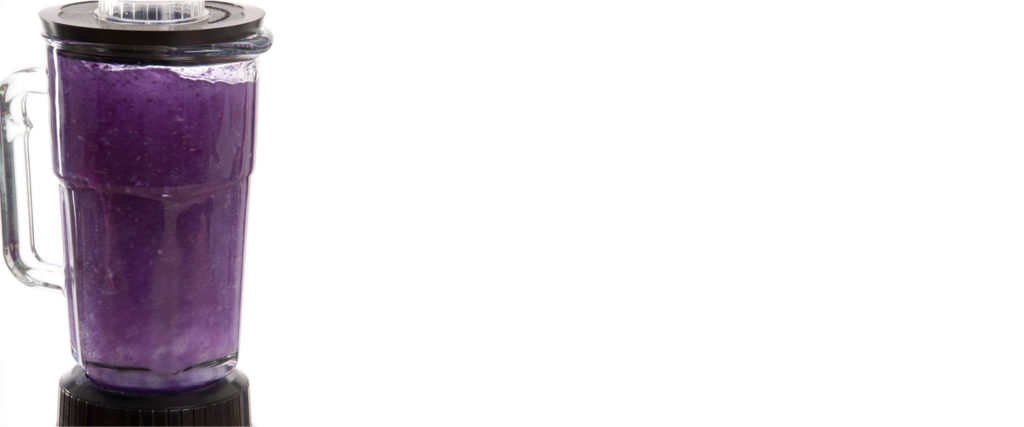
Peel off three or four big cabbage leaves and put them in a blender filled one-half full with water. Blend the mixture on high until you have purple cabbage juice.
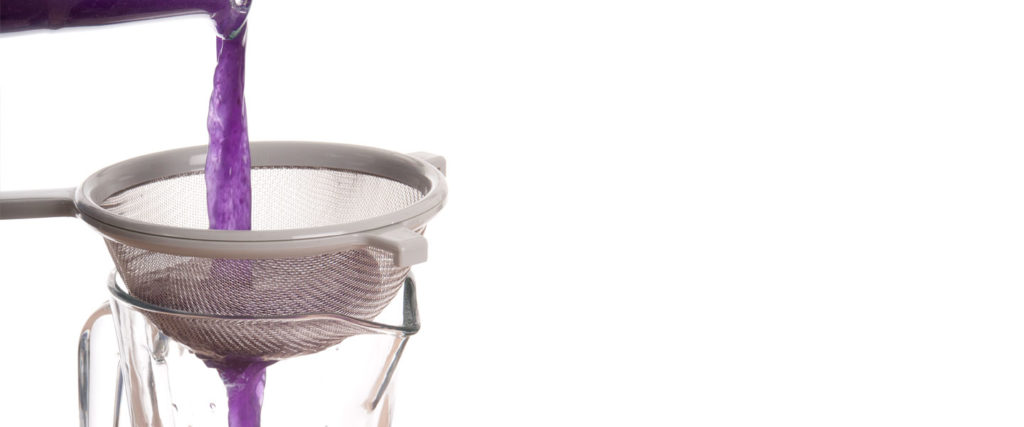
Pour the purplish cabbage liquid through a strainer to filter out all of the big chunks of cabbage. Save the liquid for the experiments to follow.
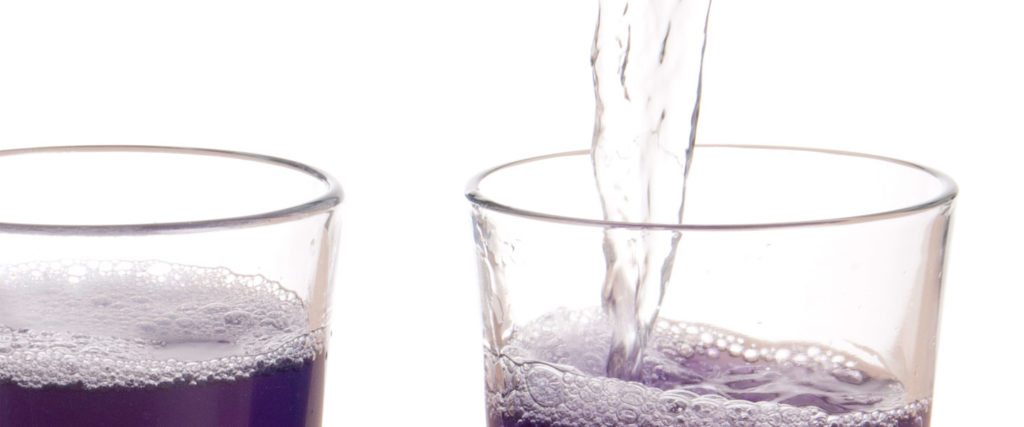
Set out three glasses, side by side. Fill each glass three-fourths full with cabbage juice.
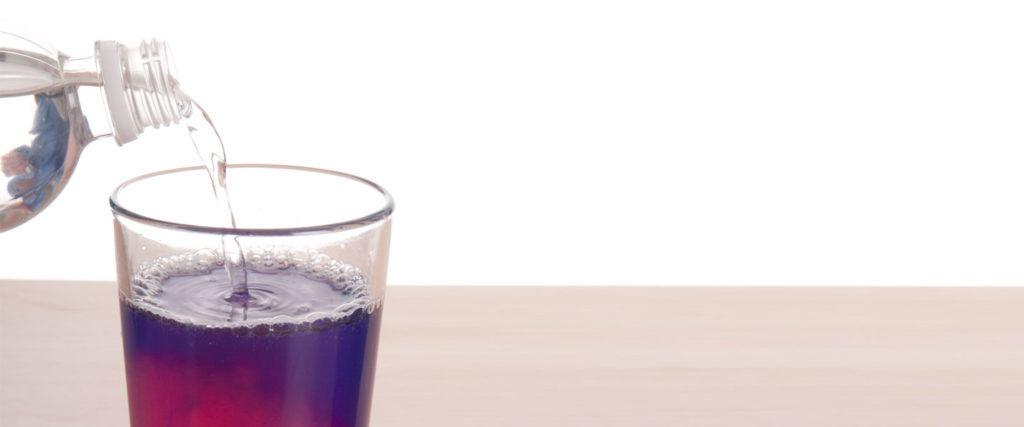
Add a little vinegar to the first glass of cabbage juice. Stir with a spoon and notice the color change to red, which indicates that vinegar is classified as an acid. All acids will turn red when mixed with cabbage juice.
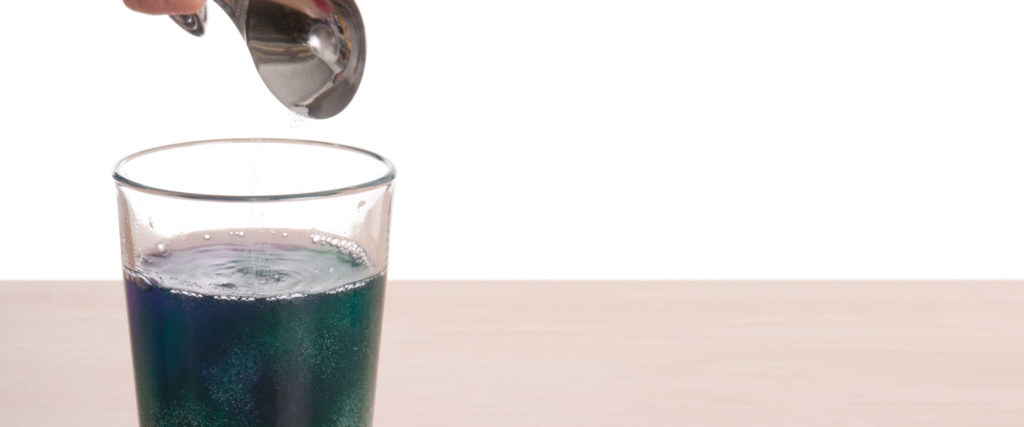
In the second glass, add a teaspoon of washing soda or laundry detergent. Notice how the liquid turns green, indicating that this chemical is a base.
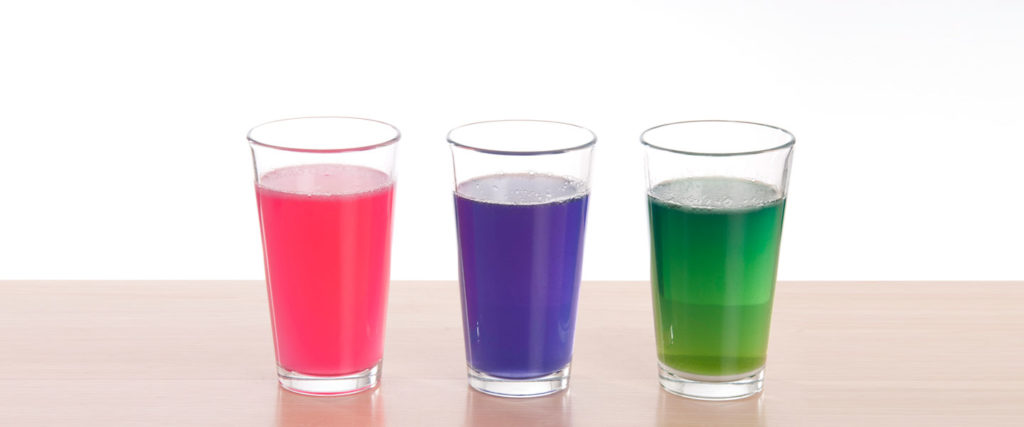
Keep the two glasses of red (acid) and green (base) liquid for future reference. Fill the third glass of purple cabbage juice to show the color of a neutral solution.
Some substances are classified as either an acid or a base. Think of acids and bases as opposites—acids have a low pH and bases have a high pH. For reference, water (a neutral) has a pH of 7 on a scale of 0–14. Scientists can tell if a substance is an acid or a base by means of an indicator. An indicator is typically a chemical that changes color if it comes in contact with an acid or a base.
As you can see, the purple cabbage juice turns red when it mixes with something acidic and turns green when it mixes with something basic. Red cabbage juice is considered to be an indicator because it shows us something about the chemical composition of other substances.
What is it about cabbage that causes this to happen? Red cabbage contains a water-soluble pigment called anthocyanin that changes color when it is mixed with an acid or a base. The pigment turns red in acidic environments with a pH less than 7 and the pigment turns bluish-green in alkaline (basic) environments with a pH greater than 7.
Red cabbage is just one of many indicators that are available to scientists. Some indicators start out colorless and turn blue or pink, for example, when they mix with a base. If there is no color change at all, the substance that you are testing is probably neutral, just like water.
You can also make your own pH indicator strips, like you see lifeguards using to test the pH of pool water. To do this, soak some coffee filter paper in concentrated cabbage juice. Remove the paper from the cabbage juice and hang it up by a clothespin to dry. Cut the dried paper into thin strips. Dip the strips into various liquids to test their pH. The redder the strip turns, the more acidic the liquid is. The greener the strip turns, the more basic the liquid is. If it stays purple, you guessed it, the substance you’re testing is probably neutral.
Preforming the Red Cabbage Chemistry experiment is pretty cool, but it isn’t a science fair project. You can create a science fair project by identifying a variable, or something that changes, in this experiment. Let’s take a look at some of the variable options that might work:
These are just a couple of ideas, but you aren’t limited to those! Try coming up with different ideas of variables and give them a try. Remember, you can only change one thing at a time. If you are testing a different household chemicals, make sure that the other factors remain the same!